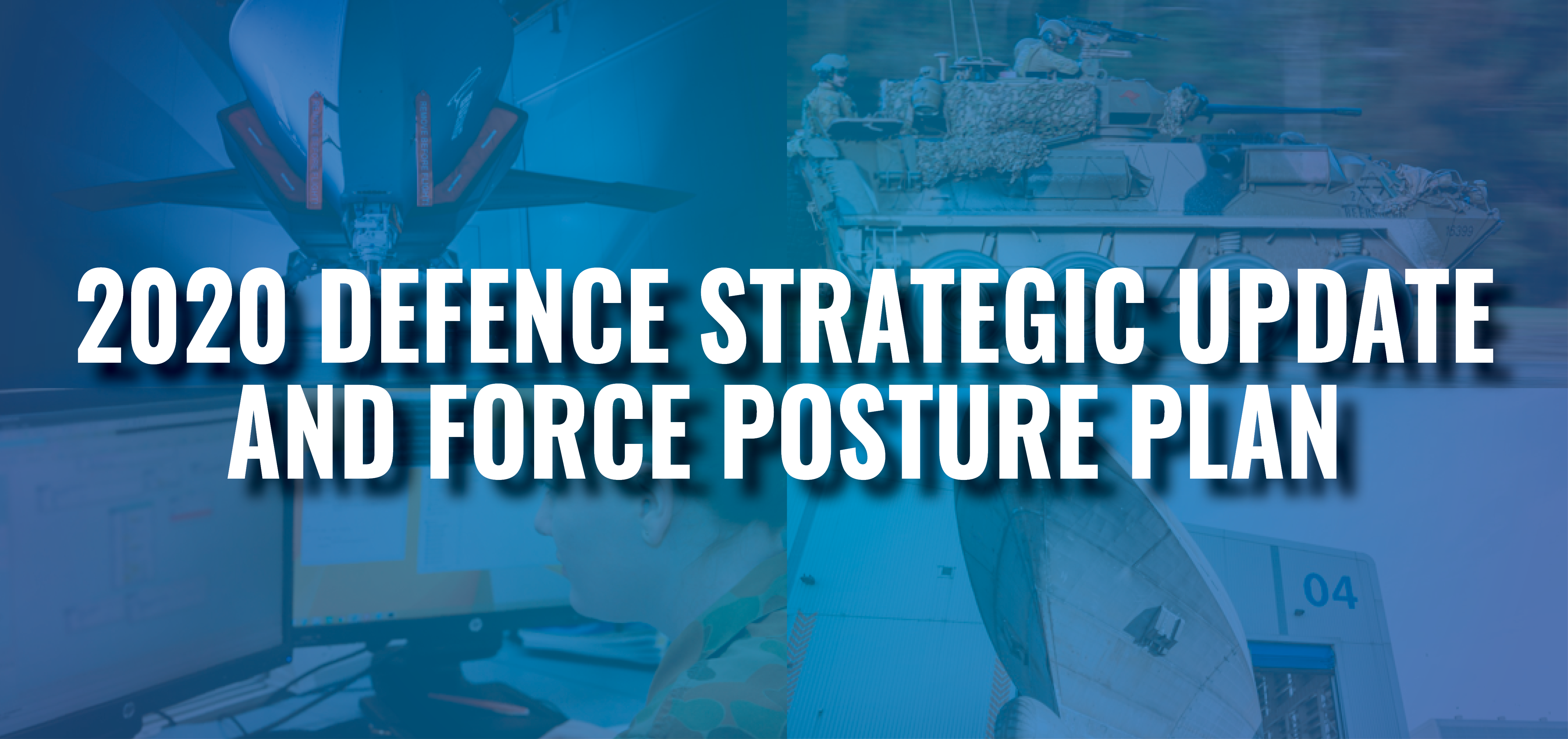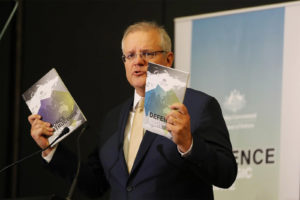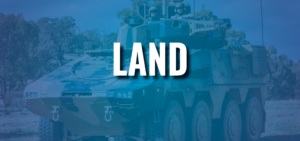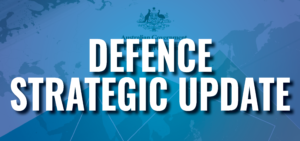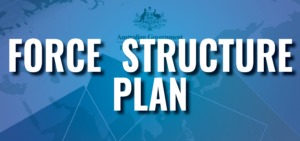Strategic Overview
Australia’s region, the Indo-Pacific, is in the midst of the most consequential strategic realignment since World War II.
Strategic competition, primarily between the United States and China, will be the principal driver of strategic dynamics in the Indo-Pacific.
Though still unlikely, the prospect of high intensity military conflict in the Indo-Pacific is less remote than in the past.
Australia can no longer assume a ten-year strategic warning time is an appropriate basis for defence planning.
Grey-zone activities – such as the use of paramilitary forces and coercive economic levers – are being applied in ways which challenge sovereignty and the established norms of international cooperation.
Threats to human security, such as the Coronavirus pandemic and natural disasters, mean disaster response and resilience measures demand a higher priority in Defence planning.
Our response
Over the next ten years, the Australian Government will provide Defence with total funding of around $575 billion.
This includes approximately $270 billion investment in Defence capability to 2029-30.
Our environment is now more complex, with Australian interests being more directly challenged than in the past, and sharper prioritisation is required.
The Government has set three new strategic objectives to guide all Defence planning, including force structure, force generation, international engagement and operations: to shape Australia’s strategic environment; to deter actions against Australia’s interests; and to respond with credible military force, when required.
The Government has also directed Defence to: prioritise our immediate region for the ADF’s geographical focus the area ranging from the north-eastern Indian Ocean through maritime and mainland South East Asia to Papua New Guinea and the South West Pacific; grow the ADF’s self-reliance for delivering deterrent effects; expand Defence’s capability to respond to grey-zone activities; enhance the lethality of the ADF for high-intensity operations; maintain the ADF’s ability to deploy forces globally; and enhance Defence’s capacity to support civil authorities in response to natural disasters and crises.
Defence must be able to deploy military power to shape our environment, deter actions against our interests and, when required, respond with military force.
The new policy will require force structure and capability adjustments focussing on responding to grey-zone challenges, the possibility of high-intensity conflict and domestic crises.
Defence will prioritise investment in:
- enhancing Defence’s posture and partnerships in the region, including in support of the Pacific Step-up objectives;
- more potent capabilities to hold adversary forces and infrastructure at risk further from Australia, including longer-range strike weapons, cyber capabilities and area denial;
- more durable supply chain arrangements and strengthened sovereign industrial capabilities to enhance the ADF’s self-reliance;
- capabilities to respond to grey-zone activities, including improved situational awareness, electronic warfare and information operations; and
- developing detailed planning for the provision of equipment, facilities and logistics to enhance ADF support to civil authorities in response to natural disasters and crises.

